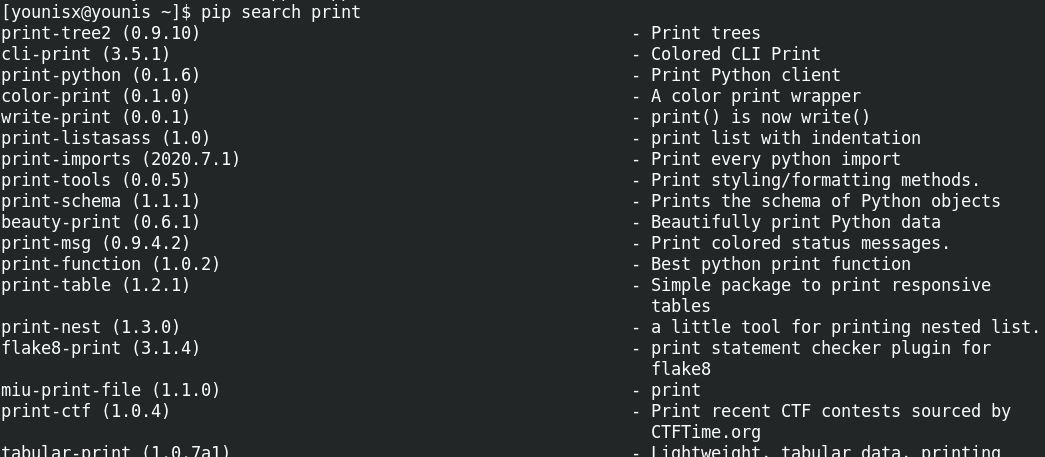PIP is a large suite of tools that are used to automate the installation and management of python packages and modules. The name pip is an acronym for PIP Install Packages. It is essentially a package manager for non-standard python packages, those not included in the standard python library.
Every developer who’s ever worked python will tell you that the community packages are a must. Having PIP at your disposal when working with python saves you a lot of time scouring for updates on the web.
In this post, you’ll learn all about setting up PIP on ArchLinux.
Install PIP on ArchLinux
Enter the following command to download PIP with pacman:
$ sudo pacman -S python-pip #Python 3


Getting started with PIP
Take a minute and read the PIP help page, which lists PIP commands and their functions. Type in the following to get details on PIP commands:

Let’s discuss some of these commands:
To install a package, you’d use the following command syntax:
For example, to download the pprintpp package, you’d type in:


The command to uninstall a package is quite similar:
To uninstall pprintpp:


You can also lookup a package’s details with the following command:


Wrapping up
That’s all we have for you today. In this short guide, you’ve learned how to install PIP on ArchLinux. The CLI interface is pretty straightforward, and you’ll get used to it in just a matter of time.
The community packages are undoubtedly a great asset for any python developer. PyPI features an ever-growing list of cool new modules for you to make your work a lot easier. PIP is going to come in real handy if you want to avail of these packages.
from Linux Hint https://ift.tt/3esaUKK




0 Comments